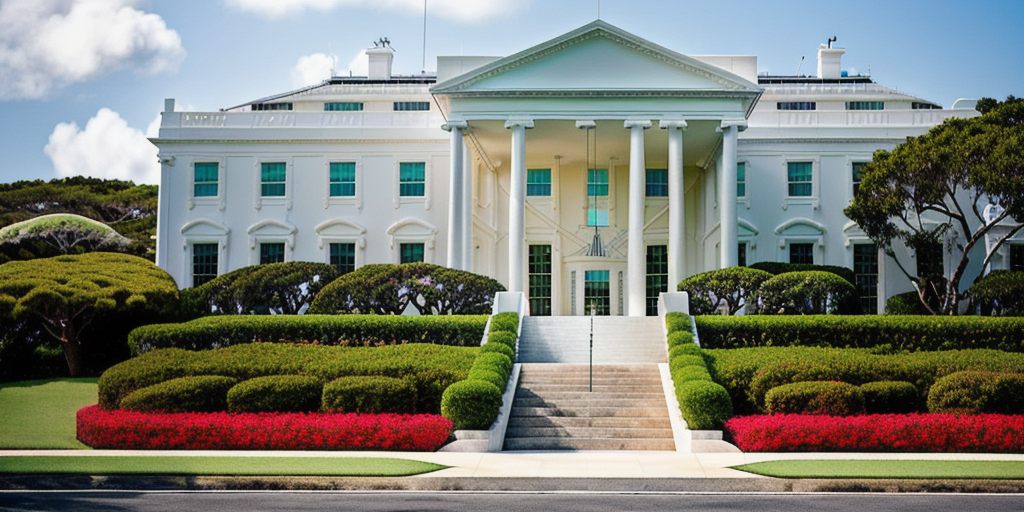
Presidential Message on the 80th Anniversary of the Battle of Okinawa – The White House (.gov)
How did your country report this? Share your view in the comments.
Diverging Reports Breakdown
The Path to Pearl Harbor
The conflict between the United States and Japan stemmed from their competing interests in Chinese markets and Asian natural resources. In 1931, Japan took its first step toward building a Japanese empire in eastern Asia by invading Manchuria, a fertile, resource-rich province in northern China. The United States refused to recognize the new regime or any other forced upon China under the Stimson Doctrine, named after Secretary of State and future Secretary of War Henry L. Stimson. US companies continued to supply Japan with the steel and petroleum it needed for its fight against China long after the conflict escalated into a full-scale war in 1937.
On December 7, 1941, Japan staged a surprise attack on Pearl Harbor, decimating the US Pacific Fleet. When Germany and Italy declared war on the United States days later, America found itself in a global war.
The Roots of the Conflict
While Japan’s deadly assault on Pearl Harbor stunned Americans, its roots stretched back more than four decades. As Japan industrialized during the late 19th century, it sought to imitate Western countries such as the United States, which had established colonies in Asia and the Pacific to secure natural resources and markets for their goods. Japan’s process of imperial expansion, however, put it on a collision course with the United States, particularly in relation to China.
To a certain extent, the conflict between the United States and Japan stemmed from their competing interests in Chinese markets and Asian natural resources. While the United States and Japan jockeyed peaceably for influence in eastern Asia for many years, the situation changed in 1931. That year Japan took its first step toward building a Japanese empire in eastern Asia by invading Manchuria, a fertile, resource-rich province in northern China. Japan installed a puppet government in Manchuria, renaming it Manchukuo. But the United States refused to recognize the new regime or any other forced upon China under the Stimson Doctrine, named after Secretary of State and future Secretary of War Henry L. Stimson.
The ineffectual Stimson Doctrine guided US policy in Asia for the next decade. On the one hand, the doctrine took a principled stand in support of Chinese sovereignty and against an increasingly militaristic Japanese regime. On the other hand, however, it failed to bolster that stand with either material consequences for Japan or meaningful support for China. In fact, US companies continued to supply Japan with the steel and petroleum it needed for its fight against China long after the conflict between the countries escalated into a full-scale war in 1937. But a powerful isolationist movement in the United States countered that the nation had no business at all in the international conflicts developing around the world. Even the Japanese military’s murder of between 100,000 and 200,000 helpless Chinese military prisoners and civilians and the rape of tens of thousands of Chinese women during the 1937 Rape of Nanking failed to immediately shift US policy.
The strong isolationist movement also influenced the initial US approach to the war in Europe, where by the end of 1940 Nazi Germany controlled most of France, Central Europe, Scandinavia, and North Africa, and severely threatened Great Britain. Prioritizing the war in Europe over Japan’s invasion of China, the United States allowed the sale of military supplies to Great Britain beginning in 1939. But neutrality laws and isolationist sentiment severely limited the extent of that aid prior to 1941.
